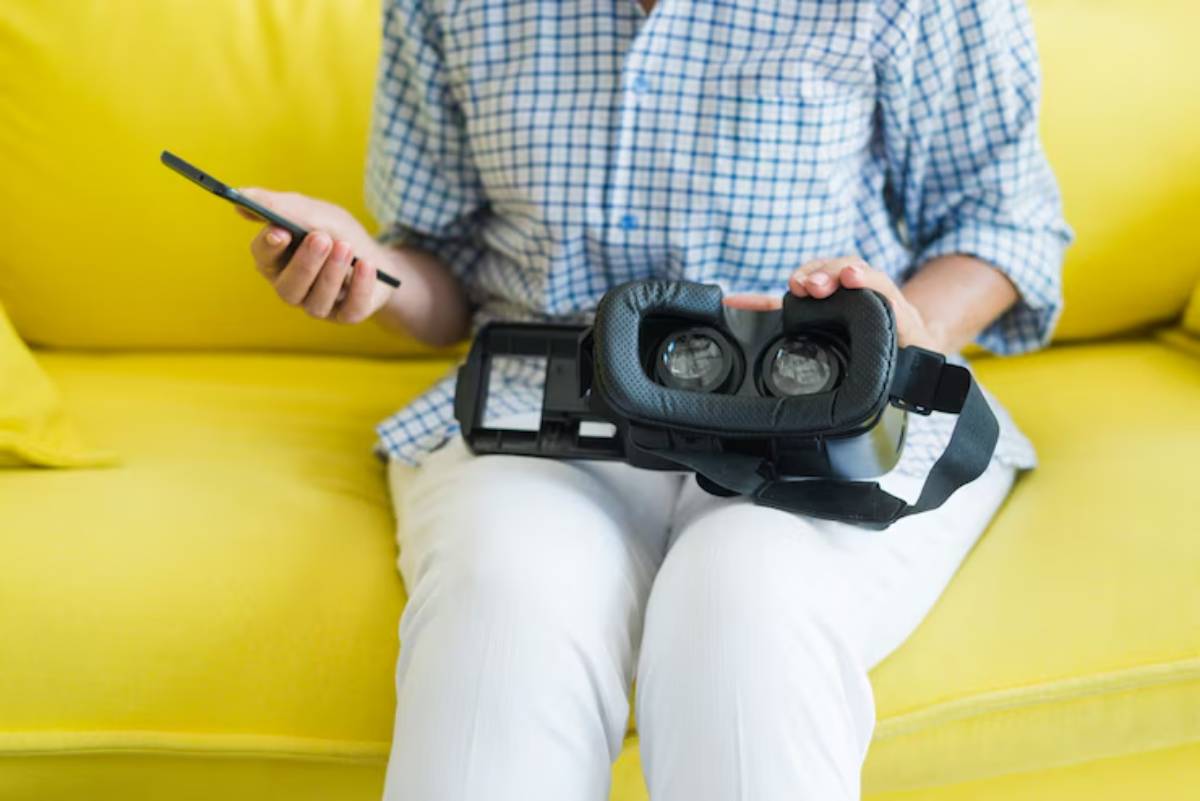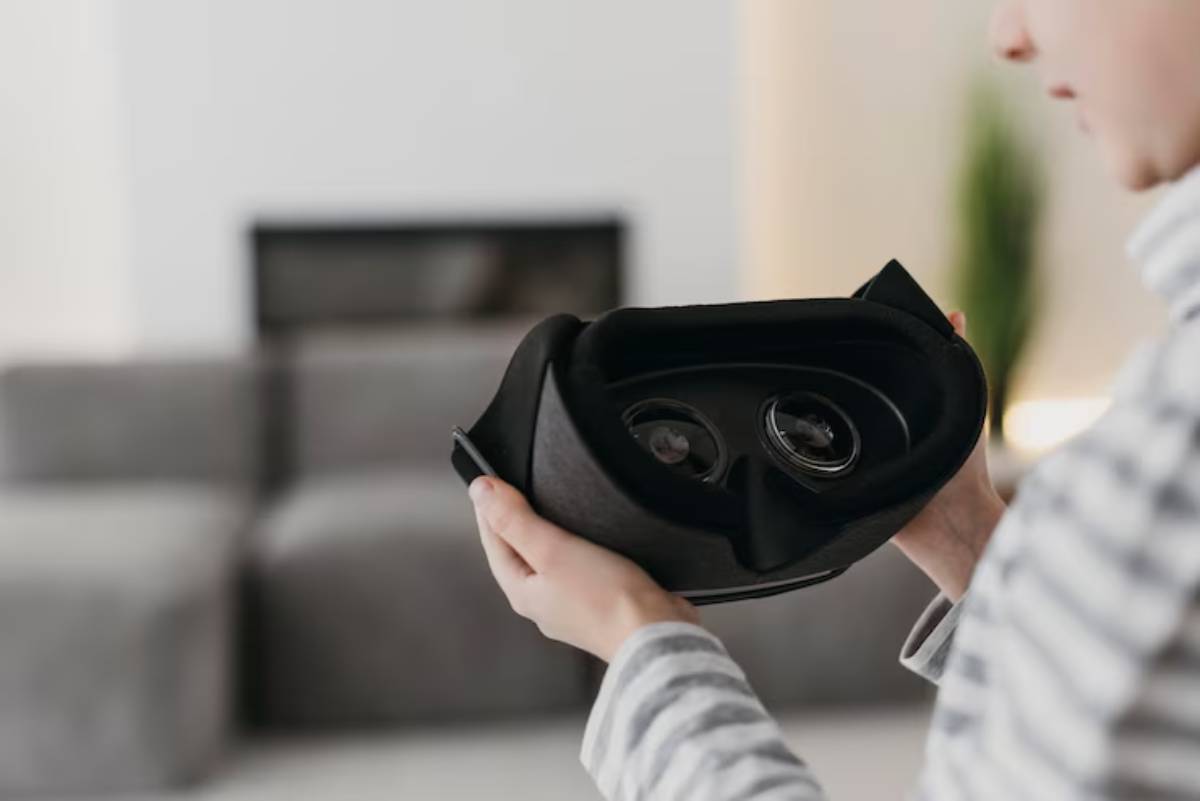
How to Use SteamVR with Unsupported Headsets
SteamVR powers some of the most immersive and expansive virtual reality experiences available today. But what if your VR headset isn’t officially supported? Whether you’ve picked up a lesser-known brand, a mobile headset, or a regional alternative, the good news is—you’re not locked out.
With the right workarounds and tools, you can often connect a non-compatible VR setup to SteamVR and access its vast library of content. This guide walks you through how to do just that—safely, efficiently, and with minimal frustration.
Understanding the Core
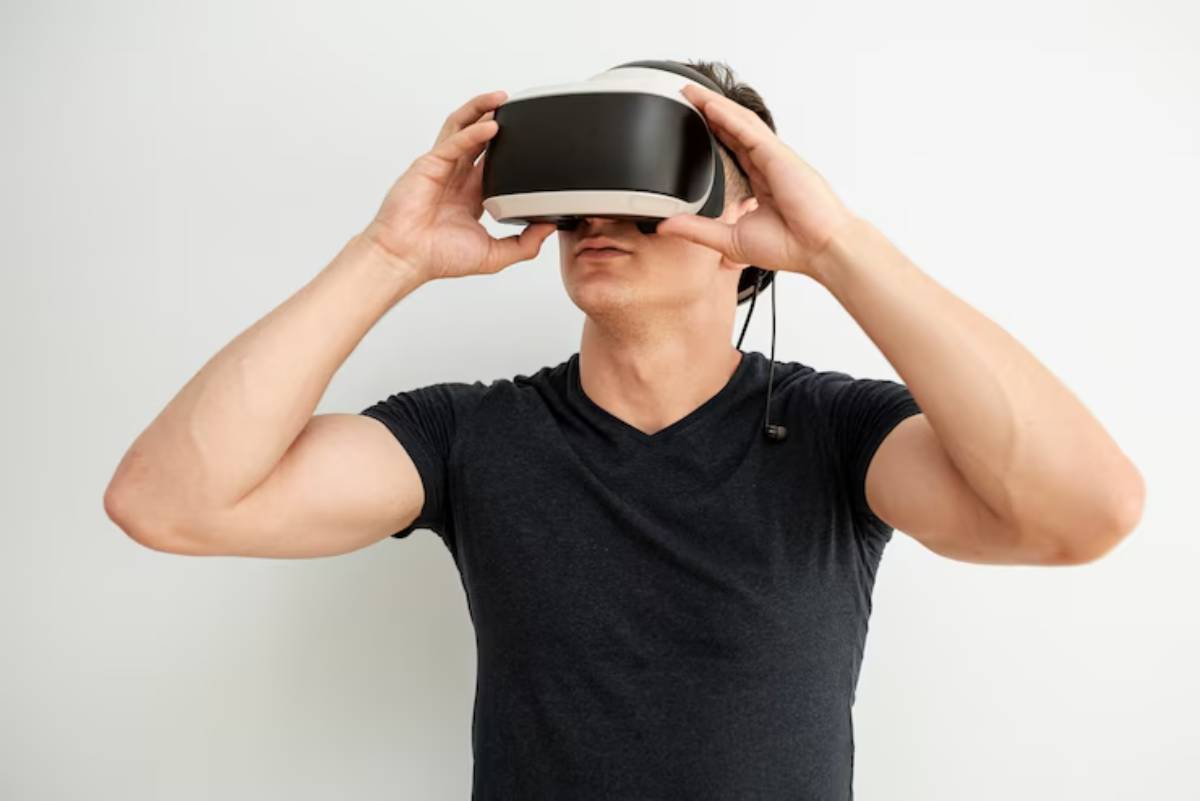
What Is SteamVR and Why Isn’t Every Headset Supported?
SteamVR is Valve’s VR platform, originally built for PC-based systems like HTC Vive and Valve Index. It serves as the access point for thousands of VR titles available on Steam. But many headsets, especially standalone or budget devices, aren’t natively supported.
Reasons vary—hardware limitations, lack of OpenVR integration, or simply no official driver support. That said, the community has developed smart solutions over the years to help bridge the gap between SteamVR and non-compatible headsets.
These include streaming apps, USB tethering methods, virtual driver emulators, and third-party APIs like ALVR, iVRy, and Virtual Desktop. Understanding these tools is key to creating a stable and enjoyable cross-platform experience.
These include streaming apps, USB tethering methods, virtual driver emulators, and third-party APIs like ALVR, iVRy, and Virtual Desktop. Understanding these tools is key to creating a stable and enjoyable cross-platform experience, especially when navigating cross-platform VR compatibility.
Pro Tip: Use Ethernet or direct cable connections to reduce lag and improve frame stability when using wireless streaming.
Checklist at a Glance
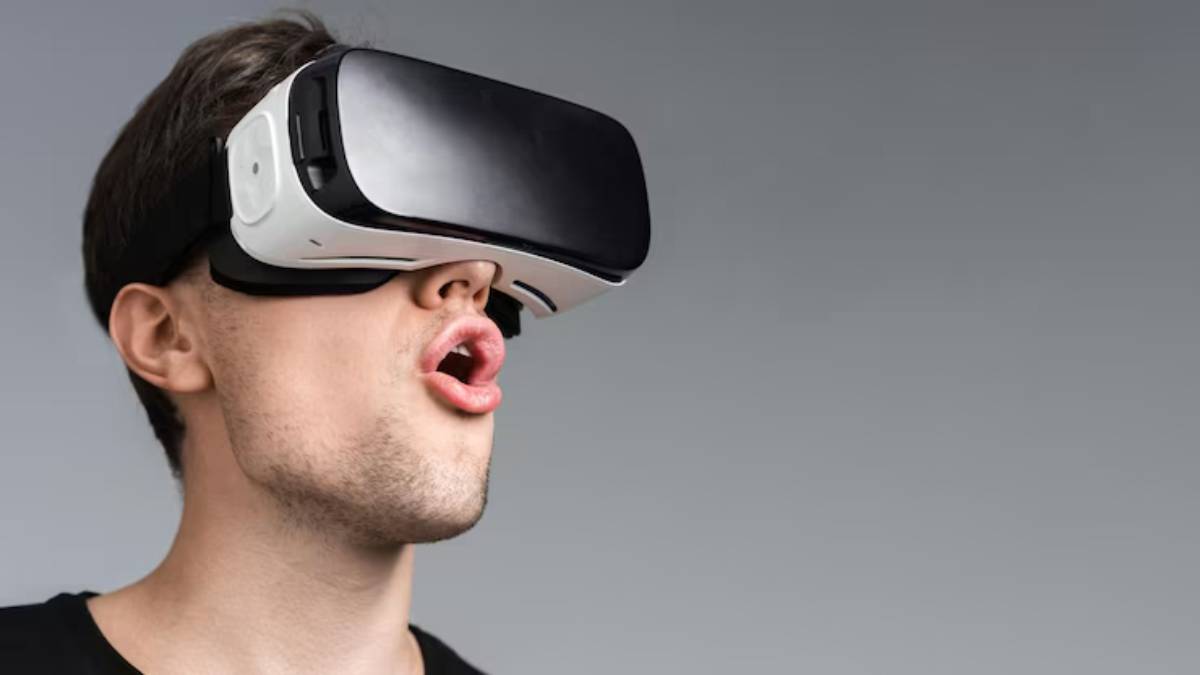
- Identify your headset model and confirm its compatibility limitations
- Check whether the device supports PC VR mode or tethering
- Install SteamVR on your PC with updated GPU drivers
- Choose a workaround method: USB tethering, Wi-Fi streaming, or emulator
- Download and install a compatible streaming app (e.g., ALVR, iVRy, Virtual Desktop)
- Configure network or USB permissions
- Enable developer mode or USB debugging if required
- Optimise SteamVR settings for performance and resolution
- Test with a lightweight VR app before full sessions
- Create custom bindings if your controller inputs aren’t recognised
Important Note: Third-party tools may break with major software updates. Back up your configuration files regularly.
Step-by-Step Guide: How to Practice SteamVR Setup on Unsupported Headsets
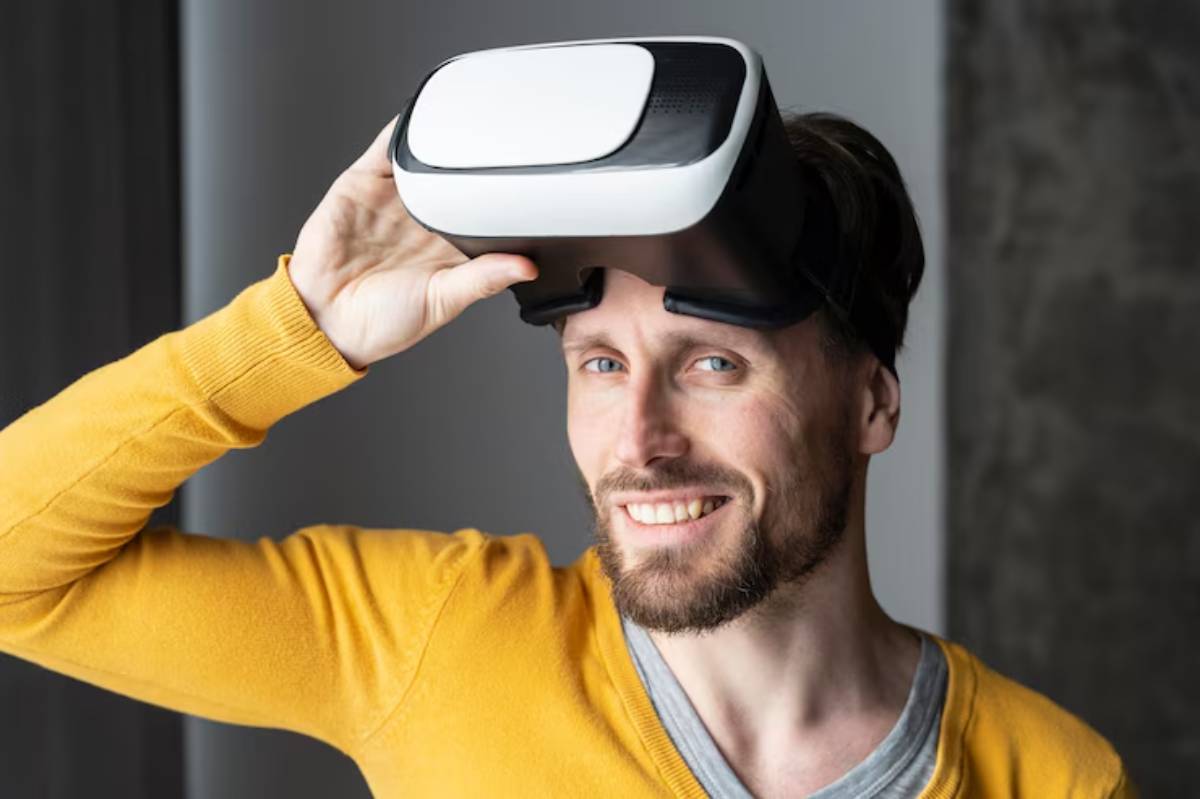
1. Identify your device’s limitations
Start by researching whether your headset has a PC VR mode or an Android debug mode. Some devices like the Oculus Quest can use PC VR through official or third-party tools, while others require deeper hacks.
2. Install SteamVR and check PC specs
Download Steam and install SteamVR.
Make sure your PC meets minimum system requirements—generally:
- GPU: GTX 1060 / RX 580 or higher
- RAM: At least 8GB
- CPU: Quad-core processor
- OS: Windows 10 or later
Update all GPU drivers before proceeding.
3. Choose your connection method
Depending on your headset type and PC, pick one of the following:
- USB Tethering: Ideal for higher resolution and lower latency (e.g., Oculus Link, iVRy USB)
- Wi-Fi Streaming: More flexible, but demands a strong 5GHz network (e.g., ALVR, Virtual Desktop)
- Emulated Drivers: For devices without native PC support (e.g., TrinusVR, Driver4VR)
Not sure which approach suits your setup? Our guide on setup differences between wired and wireless VR can help you weigh your options.
4. Install the correct third-party app
Based on your chosen method, install the relevant tool:
- ALVR (for Android-based headsets)
- iVRy (for PlayStation VR and mobile VR)
- Virtual Desktop (premium app for Oculus Quest/Quest 2)
- TrinusVR (for generic mobile headsets)
Follow the installation instructions from the app’s official GitHub or store listing.
5. Enable developer options if needed
Some headsets require USB debugging or developer mode to stream from a PC. Enable these via the headset’s companion app or developer dashboard.
6. Launch and configure SteamVR
Once connected, start SteamVR and monitor for detection. You may need to manually assign tracking profiles or room setup calibration.
If you’re still exploring headset options and want to avoid compatibility issues in the future, read our guide to picking the right VR headset.
7. Adjust for performance
Use SteamVR settings to:
- Lower supersampling if lag occurs
- Adjust motion smoothing or reprojection settings
- Set custom resolution per-eye
8. Test input devices
SteamVR may not detect your controller inputs properly at first. Use OpenVR Input Emulator or SteamVR bindings settings to map buttons and motion tracking.
Best Practices & Additional Insights
- Use a dedicated SteamVR profile: Create a user-specific configuration to prevent controller conflicts with other users or setups.
- Avoid power-hungry background apps: Close Chrome, file sync services, or overlays before launching SteamVR for smoother performance.
- Update carefully: SteamVR updates can sometimes disrupt workaround tools. Follow your tool’s subreddit or Discord for compatibility patches.
- Dual-screen workaround: For headsets with screen mirroring limitations, consider using OBS or a second monitor to monitor gameplay.
A gamer named Lila once tried running Beat Saber on a mobile VR headset using Wi-Fi streaming. Her first attempt was a laggy mess—until she switched to a wired USB connection, upgraded her router firmware, and followed ALVR’s fine-tuning guide. The difference was night and day.
FAQs
1. Can I use SteamVR with a mobile VR headset?
Yes, but only through third-party apps like ALVR, iVRy, or TrinusVR. These emulate PC VR functionality for mobile displays.
2. Does SteamVR support Meta Quest 2 natively?
Not natively, but it works via Oculus Link (USB) or Air Link (Wi-Fi). You can also use Virtual Desktop for wireless streaming.
3. What if my controllers don’t map correctly?
You can remap them manually using SteamVR’s Input Binding system. Tools like OpenVR Input Emulator offer additional control.
4. Do I need a VR-ready PC for this to work?
Absolutely. Even if you’re streaming to a mobile headset, the heavy lifting is done on your PC. Ensure your system meets VR requirements.
Conclusion
Just because your headset isn’t on SteamVR’s supported list doesn’t mean it’s unusable. With the right setup, third-party apps, and a bit of trial and error, you can enjoy rich, immersive VR content without being limited by your hardware.
Take your time, follow the steps, and soon you’ll be dancing, dodging, or exploring within the SteamVR universe—no matter which headset you own.
Ready to unlock your headset’s full potential? Share this guide or drop your success story below.


